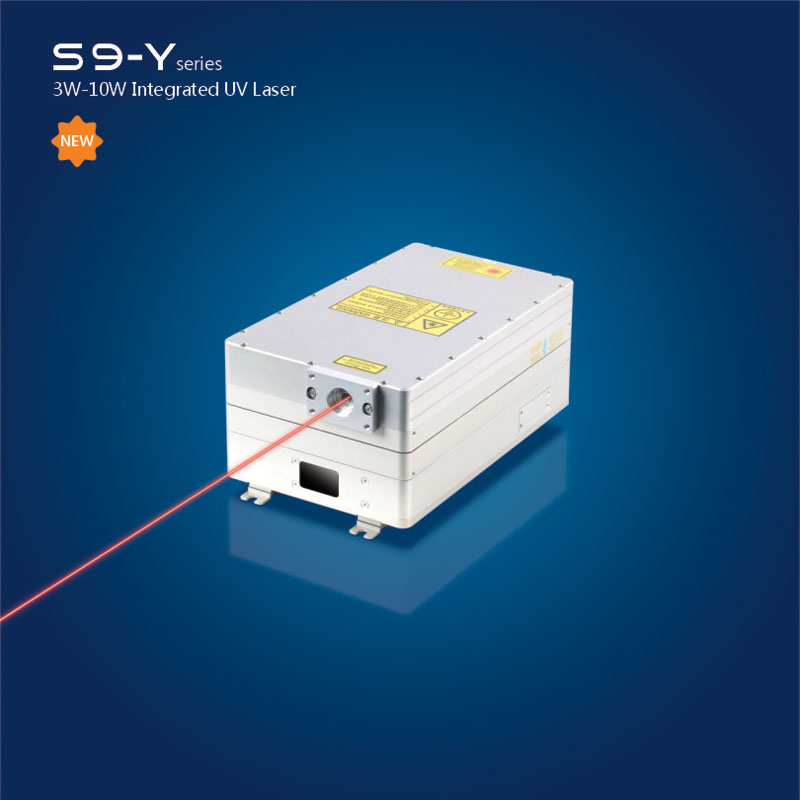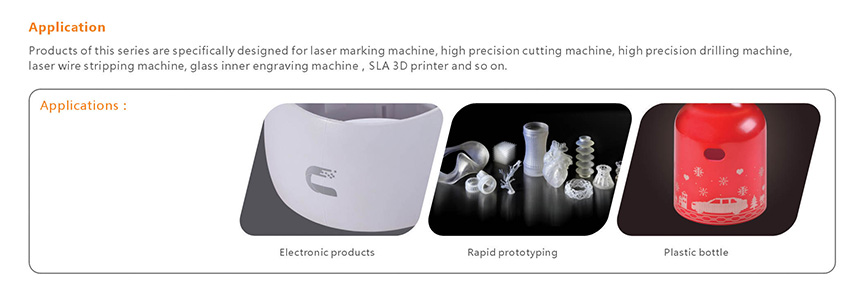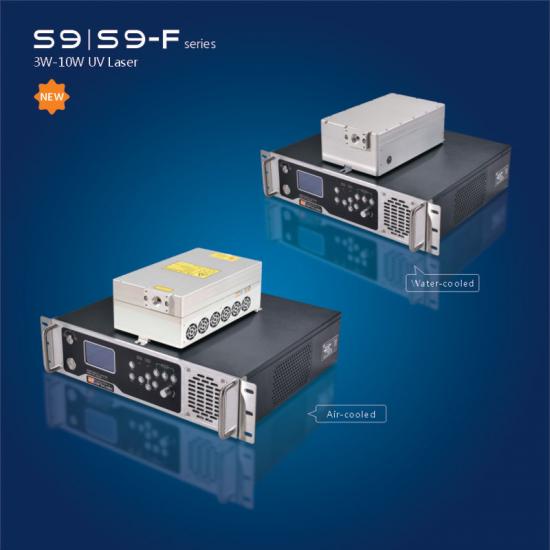
Ультрафиолетовый наносекундный лазер в последние годы стал ослепительной звездой на рынке лазерной обработки.
Aug 03 , 2022Ультрафиолетовый наносекундный лазер в последние годы стал ослепительной звездой на рынке лазерной обработки.
Ультрафиолетовый наносекундный лазер относится к импульсному лазеру с длительностью импульса от десятков до сотен наносекунд и выходной длиной волны ультрафиолетового света. Он имеет преимущества короткой длины волны, высокой скорости поглощения материала, высокой пиковой мощности, небольшого теплового эффекта и высокой гибкости. Ультрафиолетовые наносекундные лазеры с длиной волны 355 нм в основном используются в промышленности и широко используются для резки материалов, сверления, маркировки и травления на рынке ультратонкой обработки высокого класса. Ультрафиолетовые наносекундные лазеры можно увидеть в приложениях для тонкой маркировки, резки и гравировки продуктов питания, 3C-электроники и полупроводников.
Таким образом, УФ-наносекундные лазеры стали ослепительной звездой на рынке лазерной обработки в последние годы, и поставки быстро росли. По сообщениям СМИ, в 2015 году поставки ультрафиолетовых лазеров в мою страну достигли 2 035 единиц, а в 2019 году — 19 000 единиц, из которых было отгружено 17 465 ультрафиолетовых наносекундных лазеров, что составляет 92%.
Великолепные данные о доставке неотделимы от уникальных преимуществ УФ-наносекундных лазеров.
- холодная обработка
Ультрафиолетовый лазер — это вид лазера, который генерирует ультрафиолетовый луч. Он имеет короткую длину волны и высокую энергию одиночного фотона. Когда он воздействует на поверхность материала, он может напрямую разрушить молекулярные связи на поверхности материала. Этот процесс не вызывает «термических повреждений» и «тепловых повреждений». Материал снимается и отслаивается без нагрева и термической деформации на внутренний слой и периферию обрабатываемого участка. Край обрабатываемого материала ровный, степень карбонизации очень низкая. При ультраузкой ширине импульса около 20 нс так называемая «холодная обработка».

—— Маленькое пятно
Because the UV light is easy to focus, the minimum focusing spot of the UV laser with excellent beam quality (M2<1.2) can reach 10um. The extremely small spot has three processing advantages: first, it can achieve a very precise processing position; second, it has a small heat affected zone; third, the lines are thinner, and very subtle tiny marks can be obtained through the micron-level fine spot , bringing anti-counterfeiting and traceability functions. It can be marked in a very small area to achieve product identification and traceability, and it is also conducive to anti-counterfeiting.
- high absorption rate
Most of the processing materials have a high absorption rate in the ultraviolet band, so ultraviolet lasers are often used to cut and scribe thin, hard and brittle materials such as glass, ceramics, silicon wafers, and sapphire. It is neat and has unique advantages that other laser sources do not have; and shallow laser coding of thermally sensitive materials such as films, plastics, FPC, etc., the contrast of the marking is high, and a very good processing effect can be obtained.
- Strong expansion
With the continuous expansion of customer applications, the requirements for precision machining in the manufacturing field are increasing, and the requirements for machining dimensional accuracy, machining position accuracy, machining edges and other indicators are getting higher and higher. The requirements are quite high, and this move forces the continuous technological update and rapid development of ultraviolet lasers, and the ultraviolet nanosecond lasers are developing in the direction of higher power and higher repetition frequency.
Today, the power of ultraviolet lasers ranges from 3W, 5W to 10W, 20W and above 30W, and the repetition frequency is also getting higher and higher, which can reach hundreds of KHz. With the increase of power and repetition frequency, the application of cutting field is also more extensive, suitable for materials such as cover film, PCB board, thin metal and silicon wafer. Compared with the traditional cutting process, laser cutting is more flexible, and it is more efficient in cutting applications of various curves, small angles and chamfers.

In material processing applications, UV processing has basically become synonymous with precision cold processing. With the development of emerging industries such as 5G, new energy, and display panels, there is a strong demand for higher-precision chips, higher-resolution screens and various flexible materials, which has spawned more business opportunities. It is expected that in the future, the market demand for ultraviolet lasers will also be fully released, and it will become an indispensable and important force in more precise and more precise application scenarios.